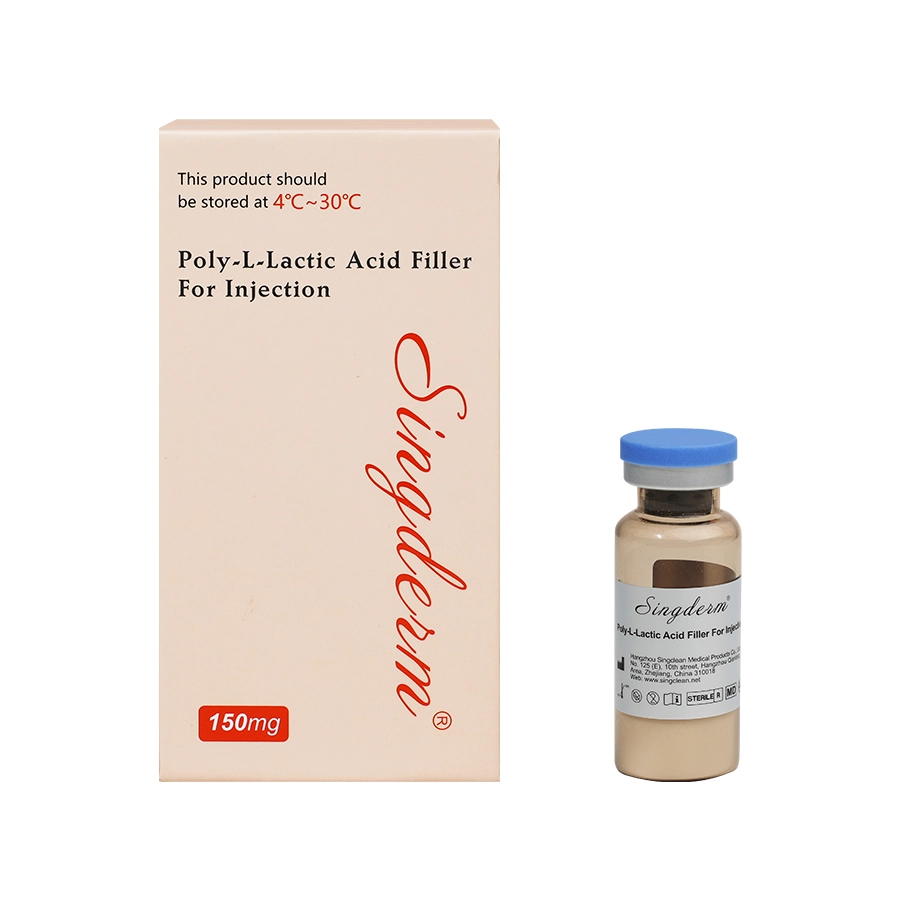In the world of aesthetic medicine, dermal fillers have revolutionized the way we treat signs of aging—without surgery. But not all fillers are created equal. Two of the most popular options are PLLA (poly-L-lactic acid) fillers and hyaluronic acid (HA) fillers. While they may seem similar at first glance, they work in fundamentally different ways and serve different purposes.
So, what’s the real difference between PLLA fillers and HA fillers? Let’s dive in.

Hyaluronic acid is a naturally occurring sugar molecule found in your skin and connective tissues. Its main job is to retain moisture and keep the skin hydrated and plump.
Hyaluronic Acid HA filler is a gel-like substances made from synthetic HA, which mimic the body’s natural HA.
Immediate results: You’ll see volume and smoothing effects right after treatment.
Reversible: If needed, HA fillers can be dissolved using hyaluronidase.
Hydration boost: Great for giving skin a fresh, dewy glow.
Versatile use: Perfect for lips, cheeks, under eyes, smile lines, and more.
Reference: American Society for Dermatologic Surgery. “Hyaluronic Acid Fillers.” ASDS.net

Poly-L-lactic acid (PLLA) is a biodegradable, biostimulatory filler. Unlike HA, it doesn't just fill space—it stimulates your skin to produce its own collagen over time.
PLLA dermal fillers are injected deeper into the dermis and act more like a collagen stimulator than a volumizer. Results appear gradually over several weeks or months.
Stimulates collagen production
Gradual, long-lasting results (up to 2 years)
Ideal for deep wrinkles and volume loss
Non-reversible (cannot be dissolved like HA)
Reference: Sadick, N. (2008). “A study to determine the efficacy of poly-L-lactic acid for facial rejuvenation.” J Drugs Dermatol, 7(3), 248–254.
| Feature | Hyaluronic Acid (HA) | Poly-L-lactic Acid (PLLA) |
Mechanism | Adds volume via hydration | Stimulates collagen production |
Results Timing | Immediate | Gradual (6–12 weeks) |
Longevity | 6–12 months | 18–24+ months |
Reversibility | Yes (hyaluronidase) | No |
Best For | Lips, under eyes, moderate wrinkles | Deep folds, cheeks, temples, jawline |
Touch-ups Required? | Often every 6–12 months | Typically 1–3 sessions over 3 months |
Onset of Action | Instantly visible | Collagen forms over time |
Reference: Lemperle, G., et al. (2004). “Human histology and persistence of various injectable filler substances.” Aesthetic Plastic Surgery, 27, 354–366. https://doi.org/10.1007/s00266-003-3022-2
It depends on your goals, age, and how fast you want results:
You want immediate results
You’re new to fillers and want something reversible
You’re treating delicate areas (like lips or tear troughs)
You prefer lower risk and simpler maintenance
You're looking for long-term improvement
You want to build natural collagen over time
You have deep facial volume loss
You're okay waiting weeks to see results
Reference: Gold, M. H. (2007). “Use of poly-L-lactic acid for facial rejuvenation.” Clinics in Dermatology, 26(6), 633–638.
Mild swelling
Bruising
Redness at injection sites
HA fillers can be reversed, reducing risk of long-term complications.
PLLA fillers require expert technique to avoid nodules or uneven collagen formation.
Always ensure your treatment is done by a licensed, experienced injector who understands facial anatomy and filler behavior.
Reference: American Society of Plastic Surgeons. “Dermal Fillers – Risks and Safety.” plasticsurgery.org
Both PLLA and HA fillers offer excellent results—but for different needs. If you want instant smoothing or plumping, HA fillers are a great choice. If you're seeking long-term, natural rejuvenation, PLLA fillers may be your match.
The best filler is the one tailored to your unique goals, budget, and anatomy—so consult with a certified professional to develop the perfect treatment plan.
 Call us on:
Call us on:  Email Us:
Email Us:  No. 125(E), 10th Street, Hangzhou Qiantang Area, Zhejiang, China
No. 125(E), 10th Street, Hangzhou Qiantang Area, Zhejiang, China